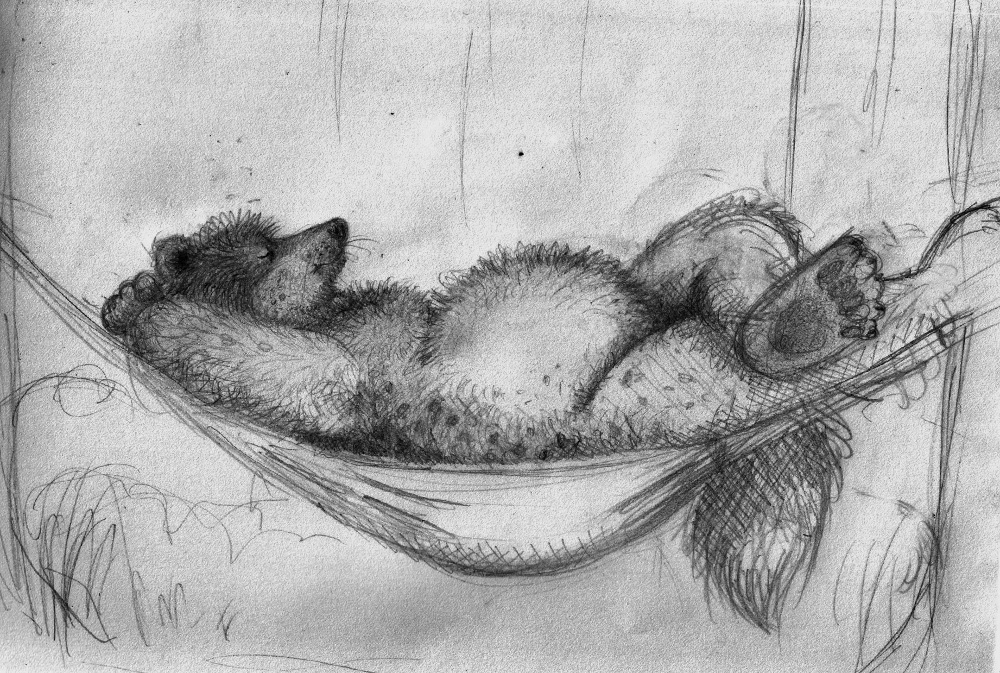Bob Drake and the Kaleidoscopic Pigsty of His 'Medallion Animal Carpet'
Melissa examines the work of elder furry Bob Drake in context of its history.
Bob Drake is the culmination of all of his history and influences. This is true for all beings deep down, but no other person makes it more abundantly clear than Bob. Born in Cleveland to a Catholic family, he found a queer solace from church-going in the kookiness of cartoons and films about monsters and bipedal mammals. Among many characters a child of the sixties would enjoy were Baloo from 'The Jungle Book' and the monster from 'Night of the Demon'. As with many of us gen-Zs and millennials, Bob found intense joy and wonder in the bumbling, joyous anthropomorphic characters of his youth, and this adoration would blossom later into life. This early onset fascination with the weird, the eccentric and the inhuman also led him to explore other pieces of neurodivergent fascination like the works of Lovecraft and his hobbyist photography.

In time, among other foundational documents, he found yet another pillar of his artistic inspirations: Progressive rock. The early seventies, rife with progressive music, were formative to Bob. Among his inspirations during his stint as a cover band bassist during the early 1970s was the visionary Fred Frith. His Henry Cow outfit was eccentric in most aspects. The main logo of the band was a literal sock and its compositions were incredibly avant-garde if not outright difficult to parse. Where other prog-rock outfits incorporated traditional instrumentation and orchestration from the more contemporary, easygoing side of the spectrum, Henry Cow took from the manic improvisation of free jazz and scattershot 20th-century-classical of the era. As noted in his website's autobiography, Henry Cow's Unrest created a sense of comfort for Bob. It confirmed that his artistic endeavors would steer far away from the concept of "normalcy", instead poising him to express unbridled joy in all of its cartoonish, scatterbrained glory.
In the following decades, Bob was something of an artistic vagabond. From Illinois to Colorado and then to Los Angeles, he worked with as many people as he could, either for fun or money. Within the timespan between his move and his debut solo work, What Day Is It?, he found the furry fandom and subsequently began to share both his own original works and delight in others'. His ardent affinity for anthro animals and artistic eccentricity was right at home in his first furry convention. He was an early visionary in developing the stylings of what would become known as the 'fatfur' character archetype, drawing big-bellied men with glee. This would eventually ripple across the fandom, his (yet still under-documented) contribution to the tastes of furry culture proving ever more influential throughout the years.

With other obligations and touring opportunities, solo output from Bob was slow to start. In 1994 was the aforementioned debut What Day Is It?, then 1996's Little Black Train. Both albums demonstrated the iron grip that he had on his structural craziness, swapping between lazy country-rock tunes to anxious rock in often the same song. They were also remarkably traditional in instrumentation, sometimes incorporating the flourish of a keyboard or a synth but staying relatively restrained to the electric guitar and its usual accompaniments in rock idiom. This was at direct odds with his usual home-recording style, which favored sloppy mixing and ballsy decisions. With the next record, he set out to rectify this discrepancy.
Medallion Animal Carpet is a mess. It operates in "fragments" rather than identifiable songs, each lasting between forty seconds and four minutes. These fragments are glued into two suites (for the most part), acting as reels showcasing various sonic landscapes and ideas in rapid succession. In conjunction with this style of presentation is a newfound complete abandonment of conventional musical sensibility, each track portraying at least one idiosyncrasy in the mix or in performance. "Hideous Shrub", for example, fades in for most of its runtime and gets progressively denser with percussive noises until it's a massive collage of drum-loops. The production is loud and brash, mixed in such a way where the vocals are often eclipsed by the sheer amount of distortion, if not already buried deep into the mix.

If the spontaneity of the sounds and the presentation weren't enough, various forms of randomness or obfuscation are present. The album's name was derived from Bob randomly picking a book, and then a passage from that book. Multiple songs were written with a random sentence generator, leading to completely alien lyricism with no sense of cohesion possible beyond whatever extrapolations you can form in your head. Other lyrics are so buried in the mix that they can barely be made out at all. The second suite of this album is so chock-full of noise and maximalist mixing choices that it's all written off in the liner notes of modern prints of this album as deliberately incomprehensible. Bob uses a mechanism made of a tin can and some electrical bits to cut power to his amplifiers so certain passages just become crackles. It's a complete madhouse in there.
Something that remains from Bob's previous solo repertoire on Medallion Animal Carpet is his affinity for the jangle of American blues and the twang of country folksong. When you aren't being assaulted on all senses with distortion, there's a distinctively old-timey feel to his tracks. After a noisy drone, "Mound" presents what sounds like a lap-steel or a resonator plucking away at a classic rockabilly tune. It's a jovial track notwithstanding the surrounding atmosphere, never quite raising any melodic stakes but getting across that sort of silly, energetic vibe that the original rock'n'roll would be lauded for. Other time, this American twang of his takes form in much more contemporary-sounding tracks— "Flashy Smog Wolf Person" starts out with an alien soundscape before bursting into a country-rock frenzy.
One remarkable thing about the album's second suite is that, save for one track, it is entirely covers of traditional American or Cajun music. Freaky as the renditions of these folksongs can be, they depart from the unfettered chaos of the previous suite and enter this middle area of being energetic without going overboard. The orchestrations on "Angel Band" are beautiful, turning the gospel tune into a psychedelic ballad. The two untitled Cajun songs are incredibly fun. "Seven Cents", the sole original composition in the suite, fits incredibly well with the emphatic performances shown elsewhere in the suite. I'm especially fond of the ending, a cover of "Hand Me Down My Walking Cane" getting noisy and wild, almost reminiscent of that one Bunker Hill song.
Tonal and aesthetic whiplash, as with much of the album, is executed flawlessly with the lone ending track—it's not even a Bob Drake song. Tim Gadd harps on about his character's wizardry as an inbred Englishman in far more readily understandable words than the entirety of the album that preceded it, and then he's gone as soon as you notice. This, to me, is incredibly fucking funny. Not only is it a perfect encapsulation of the sheer instability of the album stylistically, it's done in such a heartrendingly sincere and dramatic fashion that perfectly ends this absolute pigsty of a record. It's a type of chaotic showmanship I rarely see, one where the trickster energy of the presenter is so magnetizing that anything goes.
This is the central allure of Bob Drake for me. Because of his many years spent honing both his musical skills and his love for the obtuse (he was in his early 40s when this album released), his art has this irresistible quality. He exists as a curator for chaos and a practitioner of so many weird disciplines at once, only further boosted by his rich pastiche of inspirations and projects. He's like a magician constantly pulling trinkets out of his hat: You're never quite sure how he does it, but you sure as hell want to watch.
Editor's note: Unless directly linked or stated otherwise, details about Bob's upbringing and album creation are taken from his autobiography on his website at bdrak.com.




